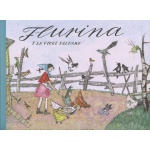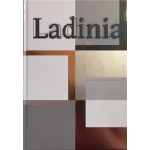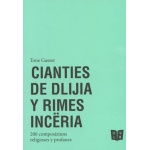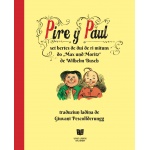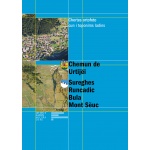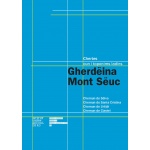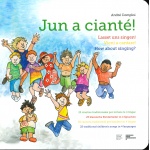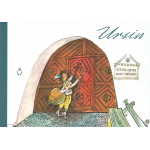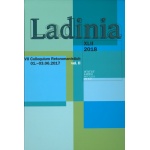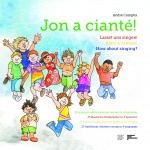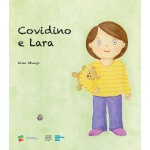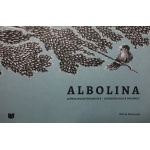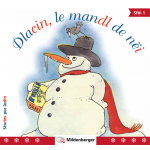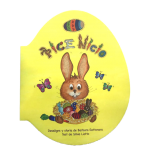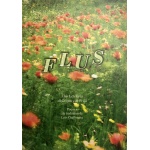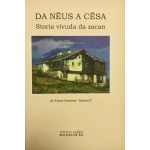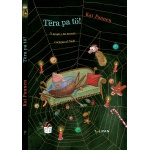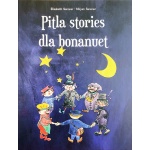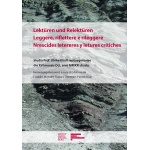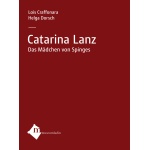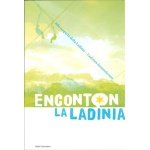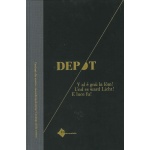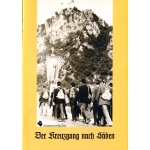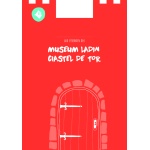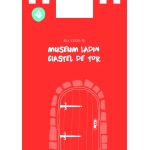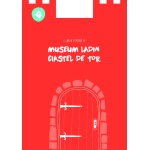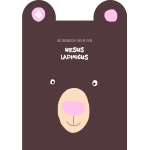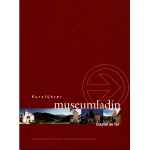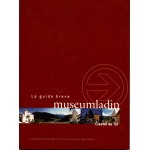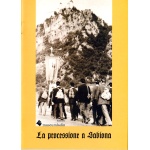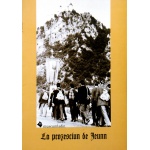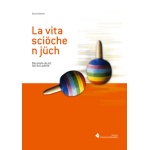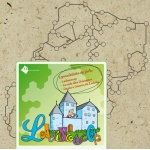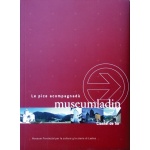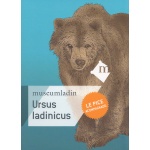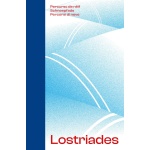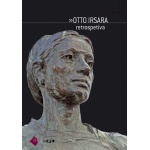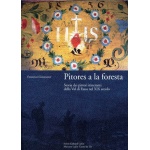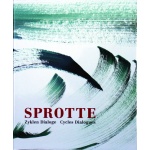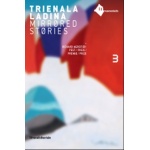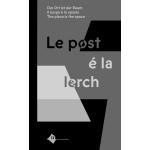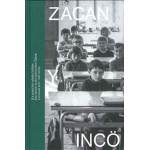Sort de documënt: Revista Ladinia
Titul: Zur Herkunft des gadertalisch-ennebergischen Movierungssuffixes -ia
Zur Herkunft des gadertalisch-ennebergischen Movierungssuffixes -ia
Rainer, Franz
Descriziun: Ladinia XLVII, 239–246
https://doi.org/10.54218/ladinia.47.239-246
Ressumé
Le marou y badiot á n sufis de moziun -ia, che ne vëgn nia dant ti atri idioms ladins. Te chësc articul vëgnel argomenté, che nia dötes les moziuns cun chësc sufis ne pó gní conscidrades anfat. Sc’al é p.ej. te superbia “jona cun la mania da puzené” na converjiun de n agetif feminin, é doturia “fomena dl dotur” plü dessigü na formaziun por analogia do le venezian capitania “fomena dl governadú provinzial”. Pro trami i tipi se tratera de imprësć dal Venet.
Abstract
The Ladin language of Marebbe and Badia Valley is characterised by the feminizing suffix -ia, which denotes feminine gender in adjectives or denotes females in nouns, and is foreign to all other Ladin idioms. This article argues that not all words containing this suffix can be grouped together. While, for example, superbia “a girl obsessed with dressing up” is a conversion of a feminine adjective, doturia “female doctor or the doctor’s wife” was presumably formed in analogy to the Venetian term capitania “wife of the provincial governor”. Both examples are borrowed from Veneto.
https://doi.org/10.54218/ladinia.47.239-246
Ressumé
Le marou y badiot á n sufis de moziun -ia, che ne vëgn nia dant ti atri idioms ladins. Te chësc articul vëgnel argomenté, che nia dötes les moziuns cun chësc sufis ne pó gní conscidrades anfat. Sc’al é p.ej. te superbia “jona cun la mania da puzené” na converjiun de n agetif feminin, é doturia “fomena dl dotur” plü dessigü na formaziun por analogia do le venezian capitania “fomena dl governadú provinzial”. Pro trami i tipi se tratera de imprësć dal Venet.
Abstract
The Ladin language of Marebbe and Badia Valley is characterised by the feminizing suffix -ia, which denotes feminine gender in adjectives or denotes females in nouns, and is foreign to all other Ladin idioms. This article argues that not all words containing this suffix can be grouped together. While, for example, superbia “a girl obsessed with dressing up” is a conversion of a feminine adjective, doturia “female doctor or the doctor’s wife” was presumably formed in analogy to the Venetian term capitania “wife of the provincial governor”. Both examples are borrowed from Veneto.
Lingaz: DE
Data: 2023
Autur: Rainer, Franz
Copyright: Istitut Ladin Micurá de Rü - ISSN 1124-1004

